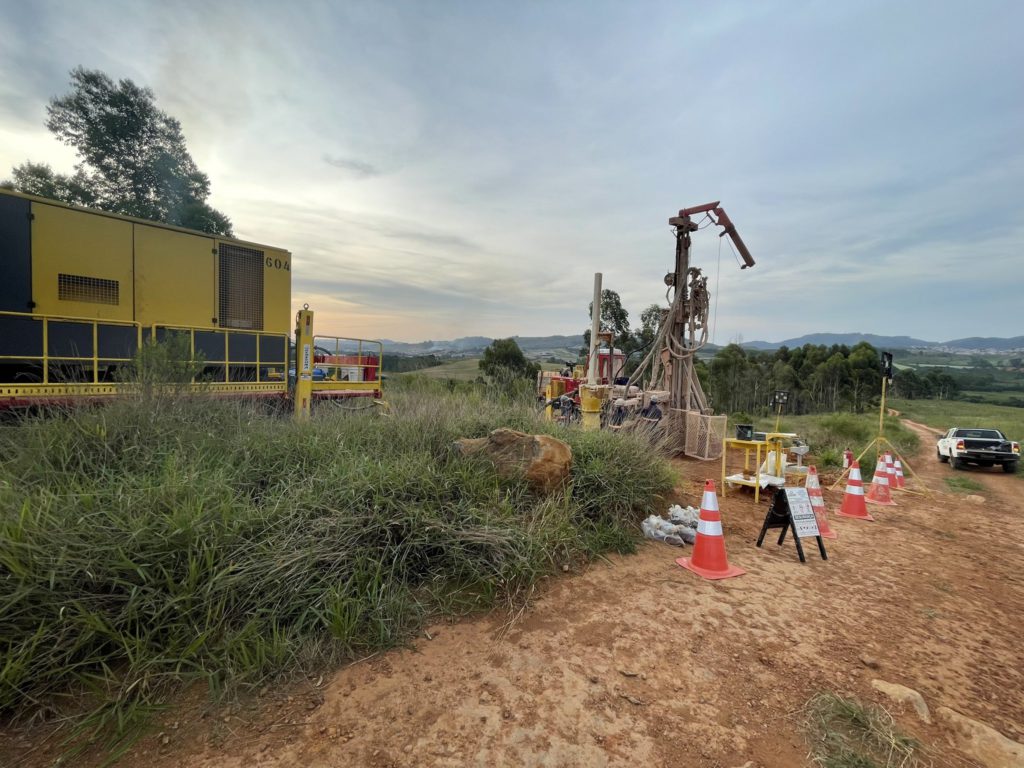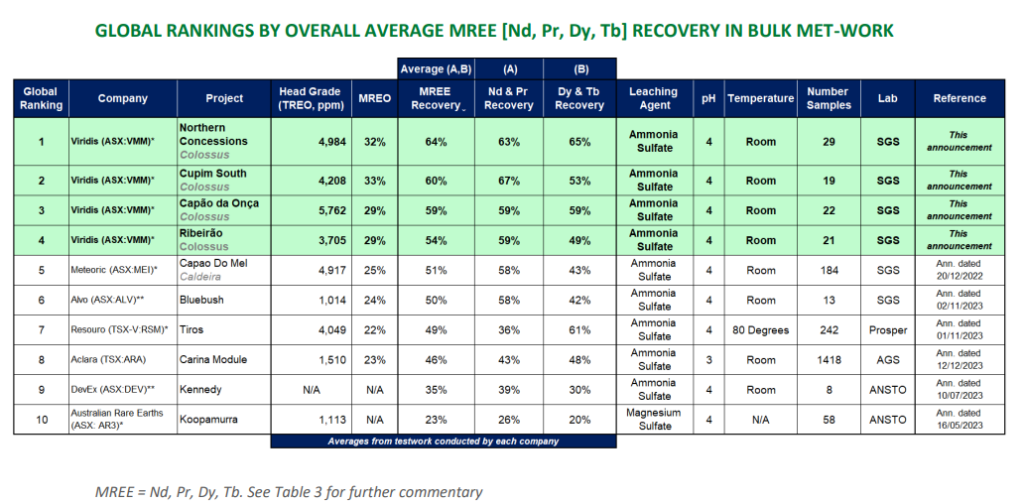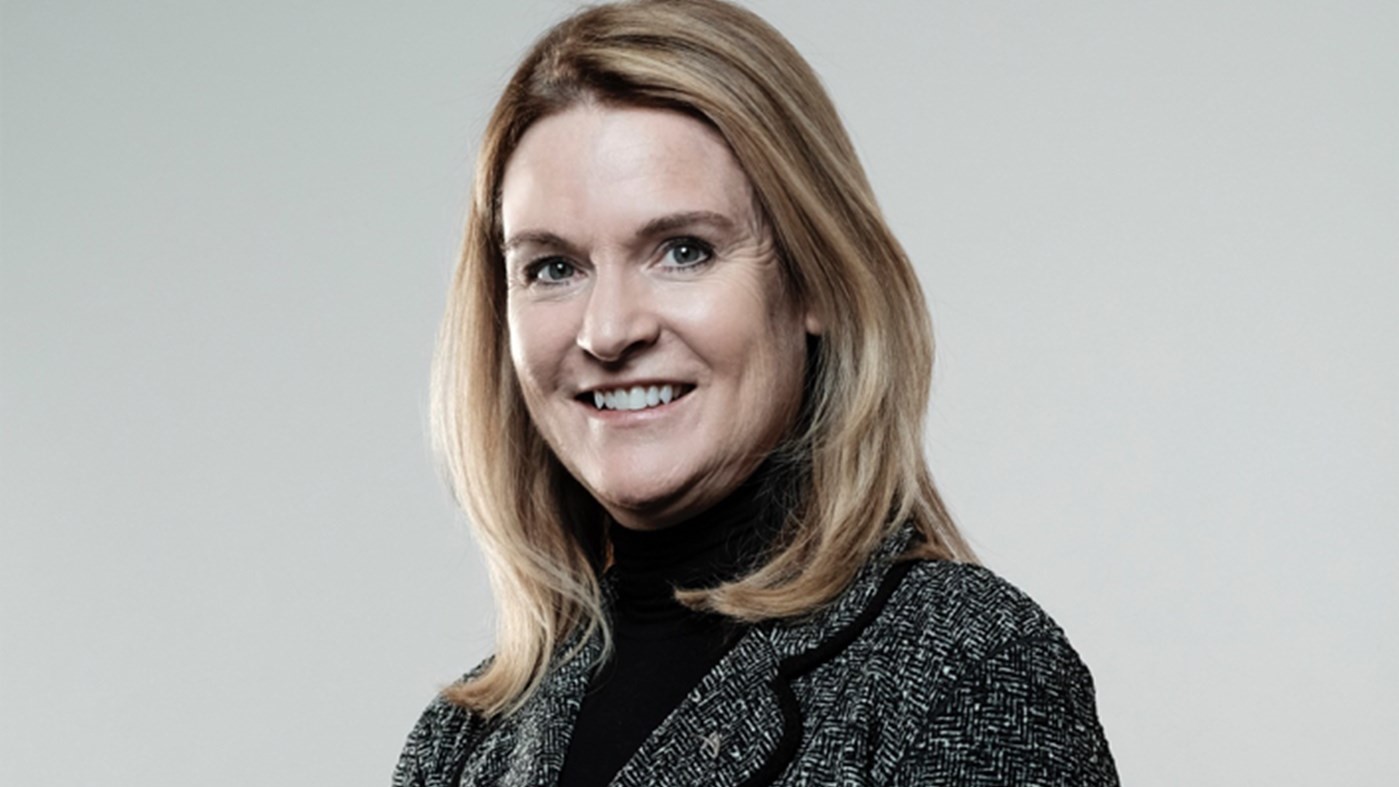Viridis claims ‘world record’ in rare earth recovery at Colossus

Viridis Mining & Minerals (ASX: VMM) said it has achieved the highest overall bulk ionic recoveries globally, with rates as high as 67%, in initial testing of clays from its Colossus project in Minas Gerais, Brazil.
The company reports that the average recovery rates of critical magnetic rare earths – neodymium (Nd), praseodymium (Pr), dysprosium (Dy), and terbium (Tb) – at all four of its concessions have outperformed every publicly-known clay-hosted rare earth prospect and deposit globally that has conducted similar bulk tests.

Colossus consists of four concessions: northern, Cupim South, Capão da Onça and Ribeirão.
“This positions Colossus as one of the leading projects worldwide for Nd, Pr, Dy, and Tb recovery using simple, effective extraction,” Viridis CEO Rafael Moreno said.
“Our northern concessions continue to demonstrate why they remain the foundation for building Colossus into the premier ionic adsorption clay deposit globally,” he said. “They sit on granted mining licenses and contain the highest grades of heavy rare earths at the surface in the Poços De Caldas alkaline complex, now combined with the best average Dy and Tb ionic recoveries in the world.”
Viridis’ concessions are east of Brazil’s only producing rare earths mine in neighbouring Goiás state, where in January Serra Verde began commercial production at its Pela Ema project. That marked it as the second producing rare earths mine in the Americas, after MP Materials’ (NYSE: MP) Mountain Pass mine in California.
Rare earths, used in cellular phones, computers and magnets for green energy technologies and electric vehicles, are highly sought by Western countries eager to secure supply chains outside of China, which dominates the mining and processing of the 17 rare metals.
Viridis’ highest average recovery of neodymium and praseodymium, reaching 67%, was achieved at Cupim South, with the northern concessions closely following at 63%.
Capão da Onça and Ribeirão also demonstrated significant neodymium and praseodymium recoveries, averaging 59%.
For dysprosium and terbium, the northern concessions peaked at an average recovery of 65%. Cupim South yielded recoveries of those rare earths averaging 53%, while Capão da Onça and Ribeirão reached 59% and 49%, respectively.
Shares of Viridis rose by 4.63% on Wednesday after the results were released. The company currently has a market capitalization of A$75.4 million ($48.3m).
More News
{{ commodity.name }}
{{ post.title }}
{{ post.date }}

Comments